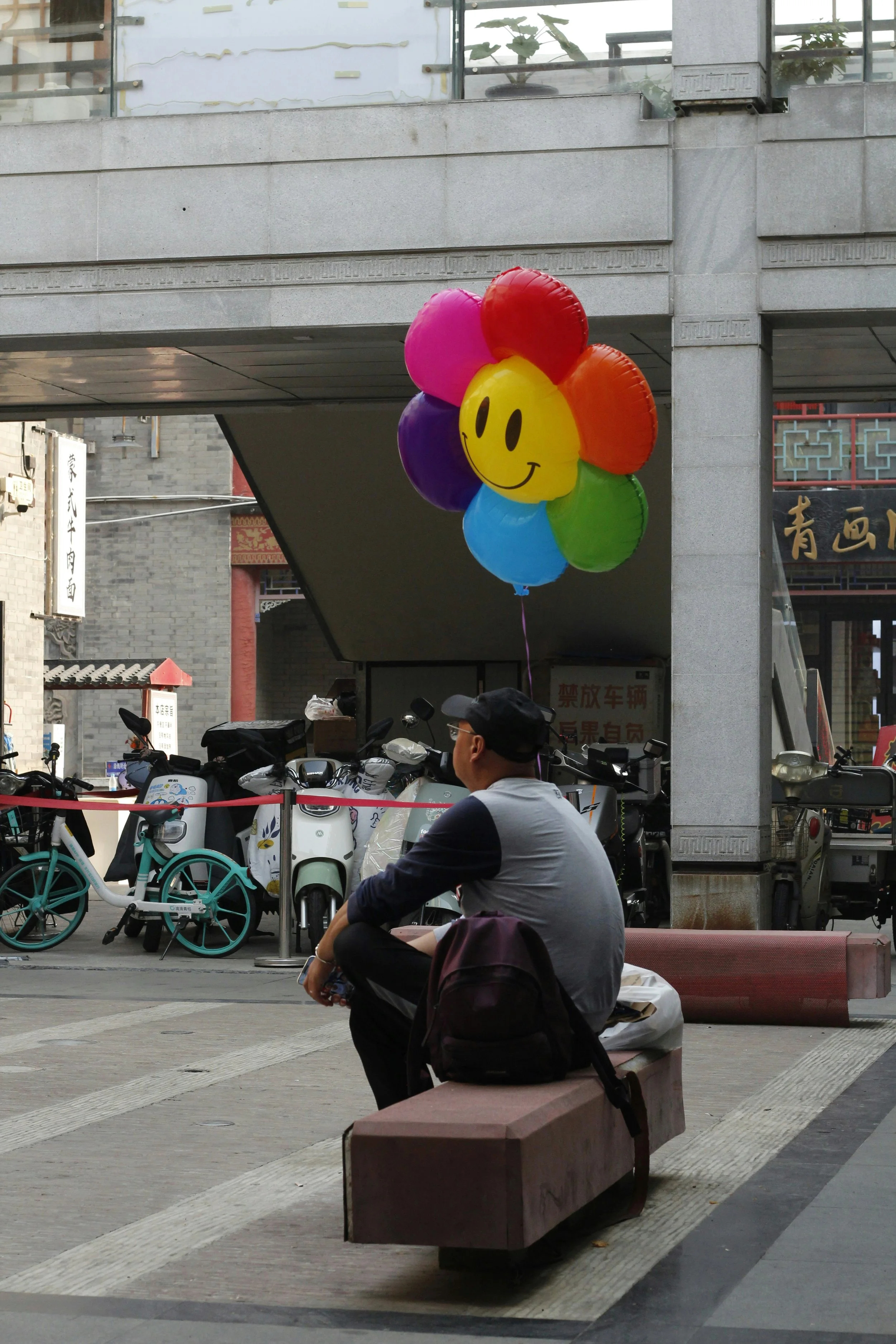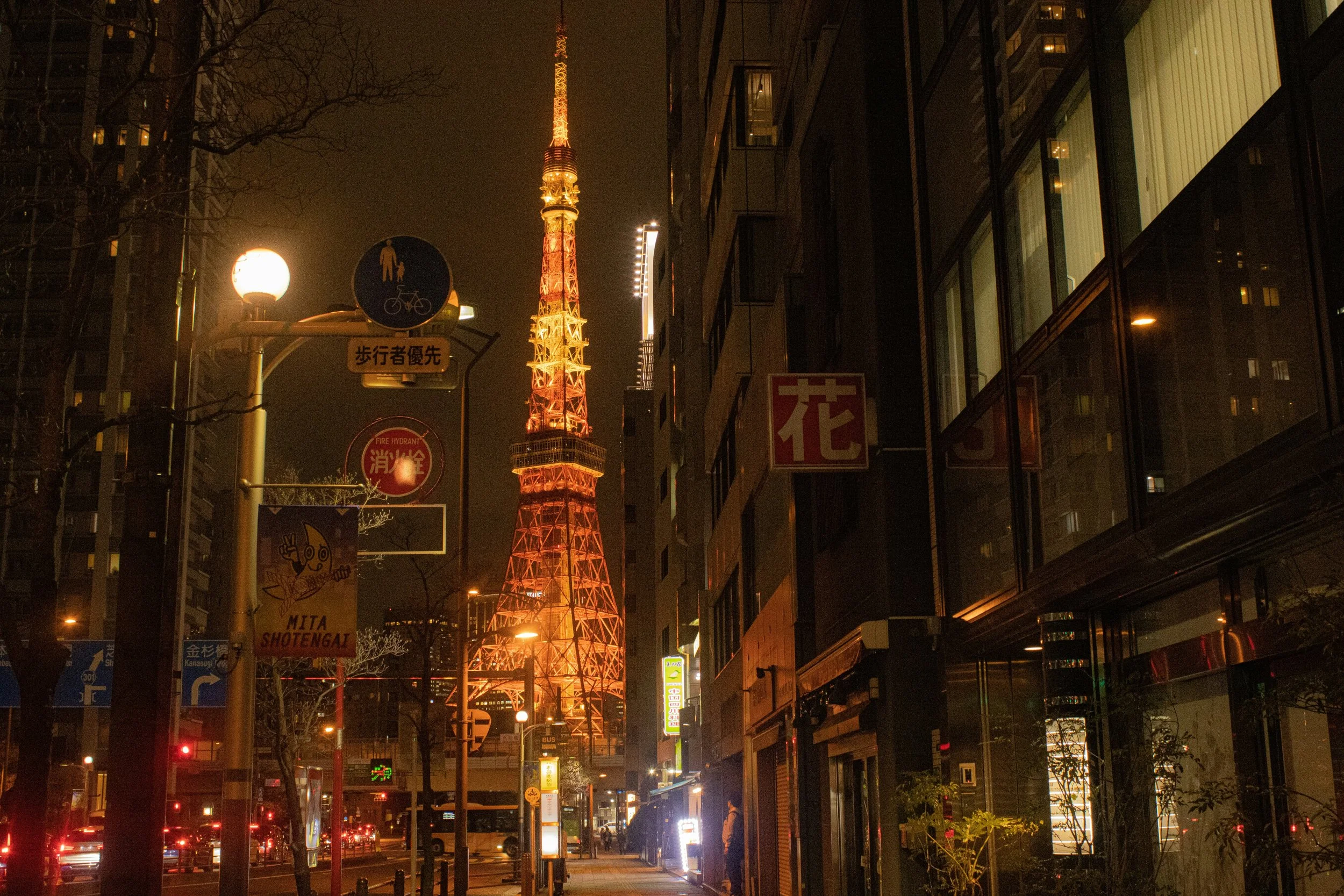Between Jazz and Cigarette Smoke – Tokyo’s Old Coffeehouse Culture
In a city that rewrites itself each decade, a few rooms still resist the clock. Behind fogged windows and heavy curtains, the air smells of roasted beans and tobacco; a record hums faintly through the static. These are Tōkyō’s kissaten 喫茶店 — traditional coffeehouses that survive on ritual, reputation and the quiet loyalty of regulars.
© PhotoAC / A_photo
Post-war origins
The first kissaten appeared in the early twentieth century, inspired by European cafés yet shaped by Japanese manners. They became popular after the Second World War, when coffee — once a luxury — became a small symbol of cosmopolitan recovery. For a generation that had grown up amid scarcity, the kissaten offered something radical: the aroma of the foreign, the promise of leisure, and the hum of imported jazz.
American records, brought by soldiers and traders, found eager listeners in the smoky basements of Ginza and Kanda. In cafés like L’Ambre, founded in 1948, music was not background but the main event. Customers sat alone, smoking, listening to Miles Davis or Thelonious Monk on vinyl. The sound was a new language for a country learning to express modernity through mood.
© Unsplash / Takafumi Yamashita
Listening as a ritual
The jazz cafés — jazukissa ジャズ喫茶 — evolved into a subculture of their own. Owners invested in imported speakers and amplifiers, treating acoustics as an art. Some forbade conversation; others curated playlists that reflected political or aesthetic loyalties. The kissaten became classrooms for the ear, places where listeners absorbed not only music but an attitude: urbane, self-contained, slightly melancholy.
In time, the distinction between kissaten and jazukissa blurred. Both offered refuge from the noise outside; both valued attention, craftsmanship, and a certain seriousness. The barista’s movements — grinding beans, polishing cups, adjusting the volume — mirrored the discipline of a musician tuning an instrument.
A culture under pressure
By the 1980s, Japan’s bubble economy and the arrival of global coffee chains changed urban taste. Espresso replaced drip coffee; minimalism replaced patina. The kissaten, with their nicotine-stained ceilings and dusty jazz sleeves, seemed like relics. Many closed as landlords redeveloped their neighbourhoods or as owners retired without heirs. The survivors — often family-run and unchanged — became quiet witnesses to the passing of an era.
Yet even as the old cafés declined, their influence spread into design and lifestyle. The kissaten aesthetic — dark wood, dim light, the hum of analogue sound — came to symbolise authenticity in a city saturated with surface novelty. For younger generations, the appeal lay not in nostalgia but in texture: the tactile, unpolished quality of spaces that had aged naturally.
Visiting a Kissaten: Quiet etiquettes
Keep your voice low.
A kissaten is closer to a library than a lounge. Conversations stay soft; phones stay silent.
Watch for smoke.
Some old cafés still allow smoking. Look for 禁煙 (kinen) for non-smoking, 喫煙可 (kitsuenka) if smoking is permitted.
Sit first, then order.
These are table-service spaces. Take your seat, wait for the server, and expect a handwritten menu of kōhī, tea or toast.
Respect the music.
In jazukissa (jazz cafés), the playlist is sacred. Don’t request songs or talk over the record.
Stay awhile.
There’s no rush. Order once and linger. Reading, thinking, watching.
Ask before photographing.
Not all owners welcome cameras. A simple, polite gesture usually decides it.
Pay at the counter.
When you’re done, bring your tray or slip to the register. Cash is still preferred.
Reinterpretations of an old ideal
A new wave of café owners, many born after the bubble years, has revived the spirit if not the smoke. The Adirondack Cafe is a unique jazukissa in the Jimbō-chō area from 2008, bringing the vibe of New York into the Japanese city. In Nakano, Coffee Zingaro, curated by artist Murakami Takashi, plays with the same vocabulary but turns it into an aesthetic statement: artwork by Murakami and a colourful Showa era (1926-1989) interior making it a visit into another world. Coffee Zingaro has tables that are also game consoles, with classic games like Mario Bros, Donkey Kong, and Street Fighter. You can buy special flower coins (¥500 each) to play. Murakami's famous smiley flowers!
Murakami views his flowers as Japan’s hidden grief and forced cheer after 1945 bombings. They mirror joy and sorrow’s natural flow. © Unsplash / Elie M
Listening to a changing city
To understand why the kissaten endures, one has to hear it as part of Tōkyō’s larger soundtrack. The city’s rhythm — its constant demolition and rebirth — makes continuity feel precious. In the hush between songs, one senses a stubborn desire to keep something unmeasured, human. What began as imported jazz has become a Japanese genre of experience: the quiet café, the solitary listener, the deliberate cup of coffee. Outside, the trains still roar and screens still glow, but behind a few doors the record keeps spinning, slow and slightly uneven, like a heart refusing to follow the beat of progress. The kissaten was once modernity itself. In the 1950s, it embodied the dream of Western sophistication; today it stands for slowness and tradition, yet the mood is the same: a search for intimacy within the vastness of the city.
© Unsplash / Ruth Duncan



